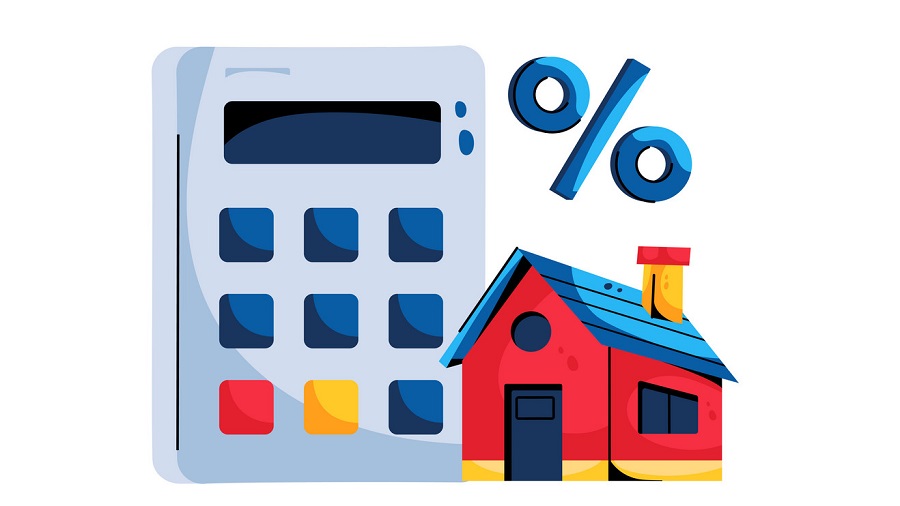When they need significant financial assistance, people frequently investigate different borrowing choices. One such choice is benefiting from a loan against property (LAP). This sort of loan permits borrowers to use the value of their property to secure funds. Be that as it may, prior to plunging into this financial responsibility, it’s critical to understand the loan against property rate and the factors influencing it.
What is a Loan Against Property Rate?
Loan against property rate alludes to the interest charged by lenders on the acquired amount. It is normally communicated as a level of the total loan amount and can fundamentally influence the general cost of borrowing. Understanding the factors influencing this rate is fundamental for borrowers to settle on informed choices.
The loans against property interest rate fluctuates among lenders and might be fixed or floating. Fixed interest rates stay steady all through the loan tenure, giving borrowers consistency in repayments. Then again, floating interest rates vary in light of market conditions, offering the potential for savings on the off chance that interest rates decline yet representing a gamble of higher installments on the off chance that rates rise.
Factors Influencing Loan Against Property Rate
1. Property Valuation: The essential element influencing the “Loan against property rate“ is the value of the property being presented as a guarantee. Lenders survey the market value of the property to decide its worth. A higher valuation might bring about a lower interest rate, as it gives more noteworthy security to the bank.
2. Loan Amount: The amount of loan against property looked for by the borrower likewise assumes an urgent part in deciding the interest rate. Larger loan amounts might draw in lower interest rates as lenders stand to procure more from higher loan volumes.
3. Loan Tenure: The length for which the loan is benefited, known as the loan tenure, can impact the interest rate. By and large, more limited tenures might accompany lower interest rates, while longer tenures might have marginally higher rates to make up for the drawn-out repayment period.
4. Borrower’s Creditworthiness: Lenders survey the creditworthiness of borrowers prior to endorsing a loan against property. Factors such as FICO rating, repayment history, and pay soundness are considered. Borrowers with a solid credit profile are probably going to meet all requirements for lower interest rates, in contrast to those with an unfortunate record of loan repayment.
5. Economic Factors: Outer economic factors, for example, winning market interest rates, inflation, and economic conditions, likewise influence loans against property rates. Lenders change their loaning rates in view of these factors to oversee gambles and keep up with benefits.
Market Competition and Lender Policies
Market competition among lenders likewise assumes a critical part in deciding “Loan against property interest rates“. Lenders might change their interest rates to draw in borrowers and gain an upper hand in the market. Furthermore, lender policies and strategies, like promotional offers, discounts, and special schemes, can affect the interest rates proposed to borrowers. It’s fundamental for borrowers to research and contrast the offerings of numerous lenders with recognizing the most serious loan against property interest rates accessible in the market.

